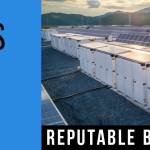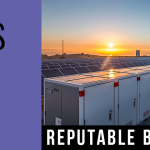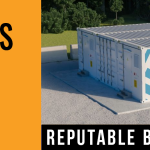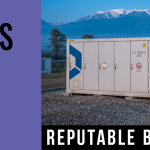
POWERGEN International is strengthening bonds with the on-site power and energy storage industries, both of which will play crucial roles in the future of power generation.
POWERGEN has renewed its agreement with the Electrical Generating Systems Association for the event happening December 8-10 in Orlando, Florida. EGSA is made up of more than 750 companies dedicated to on-site power generation such as gen-sets, microgrids and emergency backup power.
POWERGEN also has announced a strategic partnership with the U.S Energy Storage Association (ESA) focused on education around battery and other forms of energy storage.
POWERGEN’s renewed partnership with EGSA will include a dedicated pavilion in the exhibit hall (the On-site Power Pavilion, sponsored by EGSA) for members to display their products and services. While on-site, standby and emergency power generators continue to be a crucial part of the electricity mix, the gen-sets are taking on a growing role in distributed energy, and many are shifting from diesel to natural gas and upping their power density while improving emissions.
“I am excited about the improvements to POWERGEN International and anticipate increased value for our members, as exhibitors and attendees,” EGSA President Kurt Summers said.
The pavilion will be complemented by POWERGEN’s dedicated On-site Power educational track in the Conference Workshop program, along with a curated platform for connections and face-to-face meetings between manufacturers, OEMs, suppliers, distributors and power producers through POWERGEN’s MATCH! and Connect programs.
The partnership with ESA will include participation by ESA member companies in POWERGEN’s content program through thought leadership, speaking opportunities and peer-to-peer discussion platforms around marketing, policy and technology.
read more









